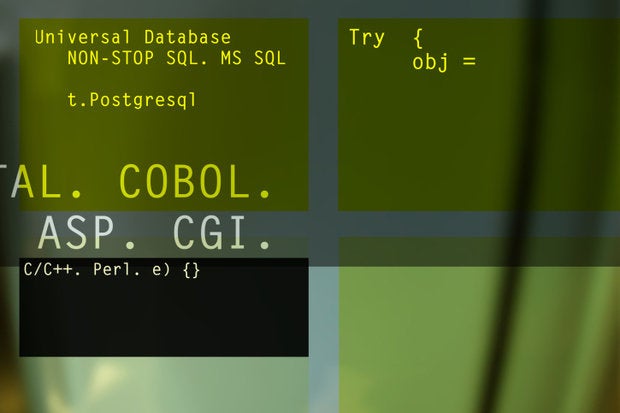New research is turning on its head the idea that legacy systems — such as Cobol and Fortran — are more secure because hackers are unfamiliar with the technology.
New research found that these outdated systems, which may not be encrypted or even documented, were more susceptible to threats.
By analyzing publicly available federal spending and security breach data, the researchers found that a 1% increase in the share of new IT development spending is associated with a 5% decrease in security breaches.
“In other words, federal agencies that spend more in maintenance of legacy systems experience more frequent security incidents, a result that contradicts a widespread notion that legacy systems are more secure,” the paper found. The research paper was written by Min-Seok Pang, an assistant professor of management information systems at Temple University, and Huseyin Tanriverdi, an associate professor in the Information, Risk and Operations Department at the University of Texas at Austin.
To read this article in full or to leave a comment, please click here





